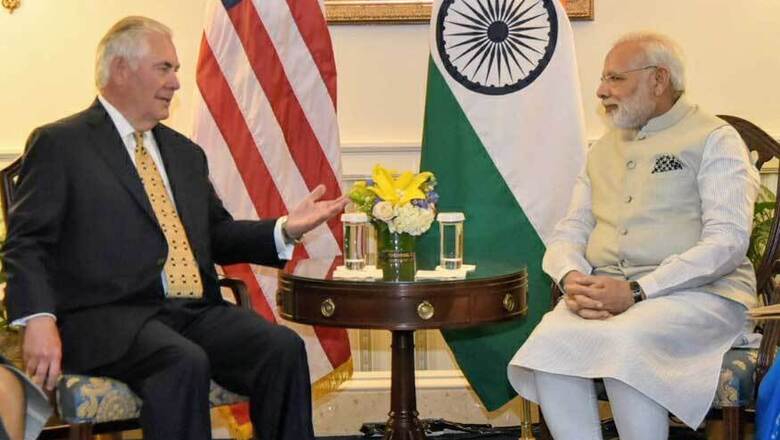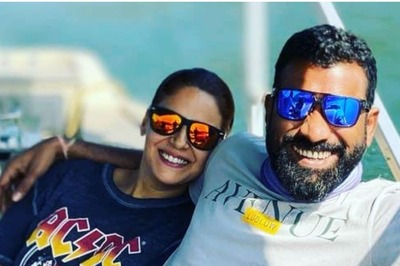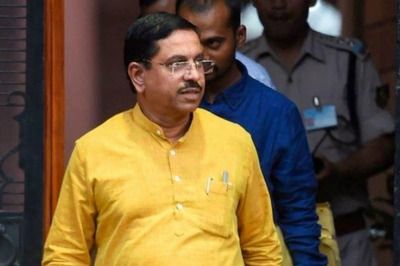
views
New Delhi: US Secretary of State Rex Tillerson held a series of meetings with India's top brass, including External Affairs Minister Sushma Swaraj on Wednesday. In addition, to cooperation against terror emanating from the Af-Pak region, defense ties between the two nations were on the cards. While India is looking to modernize its air force, it is also eyeing US-made Sea Guardian drones for its navy to monitor activities along the coastline, particularly in the Indian Ocean region.
According to a report, the Donald Trump administration wants to complete the deal for transferring Sea Guardian unmanned drones to India. “The proposals the US has put forward, including for Guardian UAVs, aircraft carrier technologies, the Future Vertical Lift programme, and F-18 and F-16 fighter aircraft, are all potential game changers for our commercial and defence cooperation,” Tillerson had said last week, calling India a major defence partner.
The decision to sell the unarmed drones to India was taken in June, after a meeting between PM Modi and US President Trump. Now, the US is all set to cut through the red tape and deliver 22 of these drones to India, which will cost $2-3 billion.
The Sea Guardian, the naval variant of the MQ-9 Reaper Drone, has a range of over 1,800 kms and can attain an operational altitude of 50,000 feet. It can operate for 14 hours at a stretch and can attain a maximum speed of 300 kmph. The variant that India is expected to buy cannot carry weapons and can only be used for surveillance purposes. This has triggered a debate over whether the Indian Navy really needs an unmanned aerial vehicle (UAV) that is unarmed.
Defence expert C Uday Bhaskar feels that the debate is “misguided” and unarmed drones serve their own purpose. “Armed and unarmed drones have their specific purposes and it would be unfair to say that either one is useless. Surveillance is important from a strategic point of view and drones are a cheap and effective way of monitoring activities on the sea. We can have a debate on whether these drones are costing too much, but to say they are useless is an unfair argument to make,” he said.
With a coastline of over 7,500 kms, India needs eyes on the sea. On the western coast, in the Arabian Sea, drones will serve a dual purpose. On the one hand, they can be used to monitor sea-based infiltration to avoid a redux of the 26/11 Mumbai attacks of 2008. On the other hand, they can be used to keep an eye on piracy in the Arabian Sea.
However, Indo-US interests will truly align in the Indian Ocean region. “No one nation can monitor the Indian Ocean by itself. It will be in American interest to have a nation of 2-3 nations, including India, with whom they can share intel. A drone can be an effective tool in monitoring the movement of Chinese aircraft carriers, for instance, in the Indian Ocean. Both US and India would want to keep Chinese activities under check in the Indian Ocean.”




















Comments
0 comment